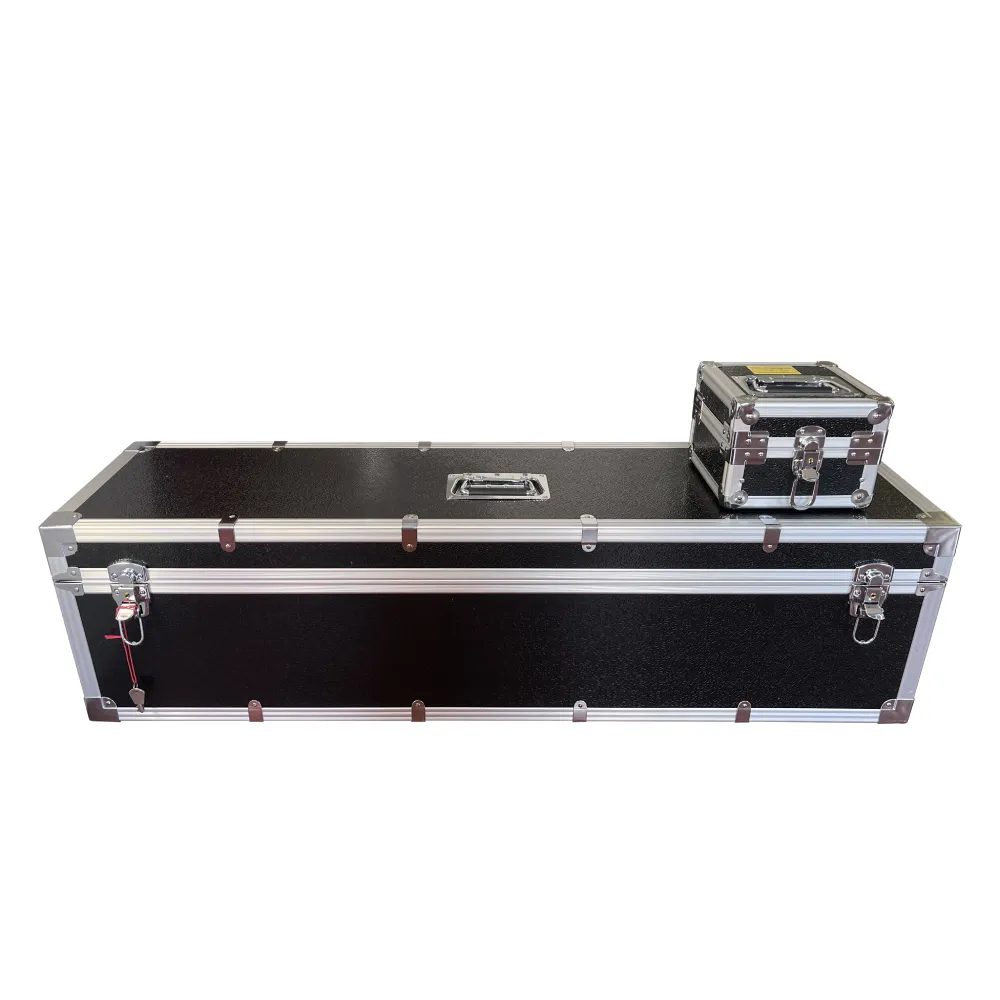 English
English


Innovative Techniques for Measuring Viscosity in Oils Using Modern Viscometer Technologies
Understanding Viscometers and Their Role in Oil Measurement
In the realm of fluid mechanics, the viscosity of a fluid plays a crucial role in determining its flow behavior and processing characteristics. Viscosity, often referred to as the internal friction of a fluid, is a measure of its resistance to deformation and flow. In industrial applications, especially in the oil sector, possessing an accurate understanding of viscosity is essential for several reasons, including quality control, formulation, and process optimization. This is where viscometers come into play.
A viscometer is an instrument designed to measure the viscosity of a fluid. Different types of viscometers are used in various sectors, but their application in the oil industry is particularly vital due to the diversity of oil products, ranging from light oils to heavy crude. The accuracy of these measurements can significantly influence the efficiency of oil extraction, refining processes, and even the transportation of oil from extraction sites to refineries.
Understanding Viscometers and Their Role in Oil Measurement
1. Capillary Viscometers These measure the time it takes for a fluid to flow through a thin tube. The fluid's viscosity can be calculated based on the flow time and the characteristics of the tube. This method is primarily used for lower viscosity fluids and is known for its accuracy in controlled laboratory conditions.
viscometer oil

2. Rotational Viscometers These devices measure the torque required to turn a spindle at a set speed within the fluid. This approach is particularly useful for measuring the viscosity of oils with varying shear rates. Rotational viscometers can accommodate a broader range of viscosities, making them versatile tools in the oil industry.
3. Falling Ball Viscometers These rely on the time it takes for a ball to descend through the fluid. The viscosity is determined based on the gravitational force acting on the ball, the density of the fluid, and the terminal velocity of the ball. This method is preferred in specific applications due to its simplicity and clear visual results.
Oil viscosity is critical not only for processing but also for determining how an oil will behave under different conditions. For instance, lighter oils with lower viscosities flow easily, making them suitable for transportation through pipelines without requiring additional heating or pumping pressure. In contrast, heavy oils or crudes with high viscosities may need heating or dilution with lighter hydrocarbons before they can be transported effectively.
Furthermore, temperature plays a significant role in the viscosity of oil. As temperature increases, the viscosity of oil typically decreases, meaning that understanding the operational temperature range is vital for any application involving oil. This is especially important during winter months when temperatures drop, and the viscosity of certain oils can increase to a point where flow becomes challenging.
In conclusion, viscometers are indispensable tools in the oil industry for accurately measuring the viscosity of different oil products. The choice of viscometer depends on the type of oil, the desired precision, and the specific application requirements. Understanding the viscosity not only aids in refining and processing but is also crucial for meeting regulatory standards and ensuring product quality. As the oil industry continues to evolve and adapt to new challenges, the role of accurate viscosity measurement will remain a cornerstone of operational efficiency. With advancements in technology, the future of viscometry promises to offer even more precise and faster solutions for viscosity measurement, further enhancing the management of oil and its derivatives.
-
Differences between open cup flash point tester and closed cup flash point testerNewsOct.31,2024
-
The Reliable Load Tap ChangerNewsOct.23,2024
-
The Essential Guide to Hipot TestersNewsOct.23,2024
-
The Digital Insulation TesterNewsOct.23,2024
-
The Best Earth Loop Impedance Tester for SaleNewsOct.23,2024
-
Tan Delta Tester--The Essential Tool for Electrical Insulation TestingNewsOct.23,2024





